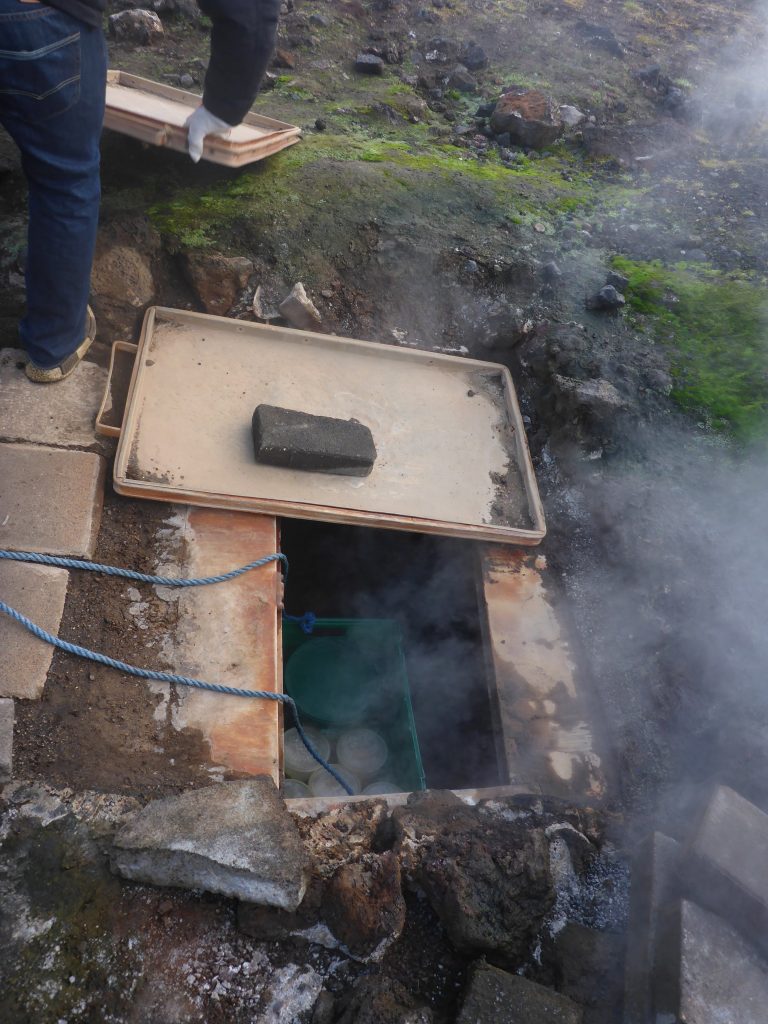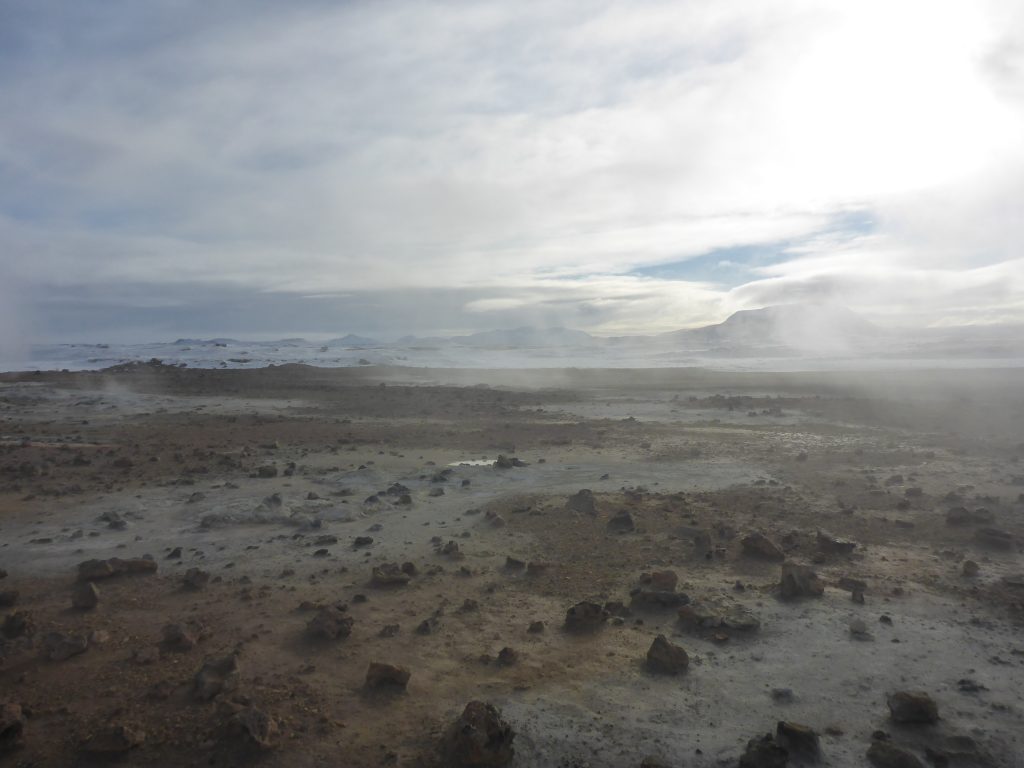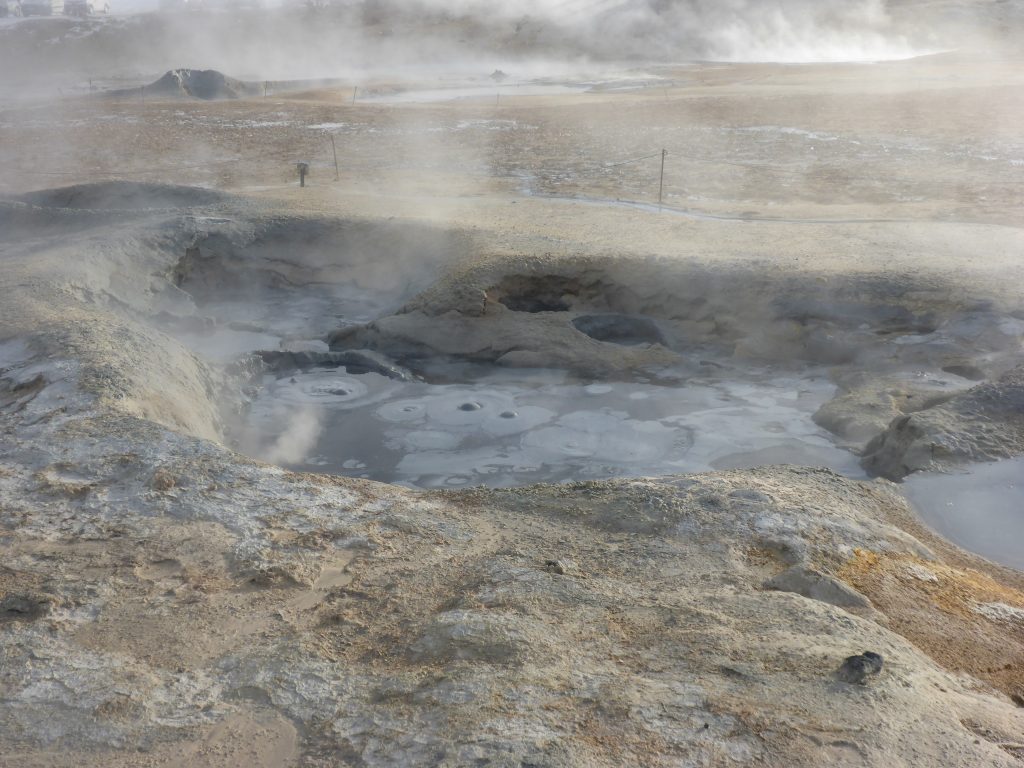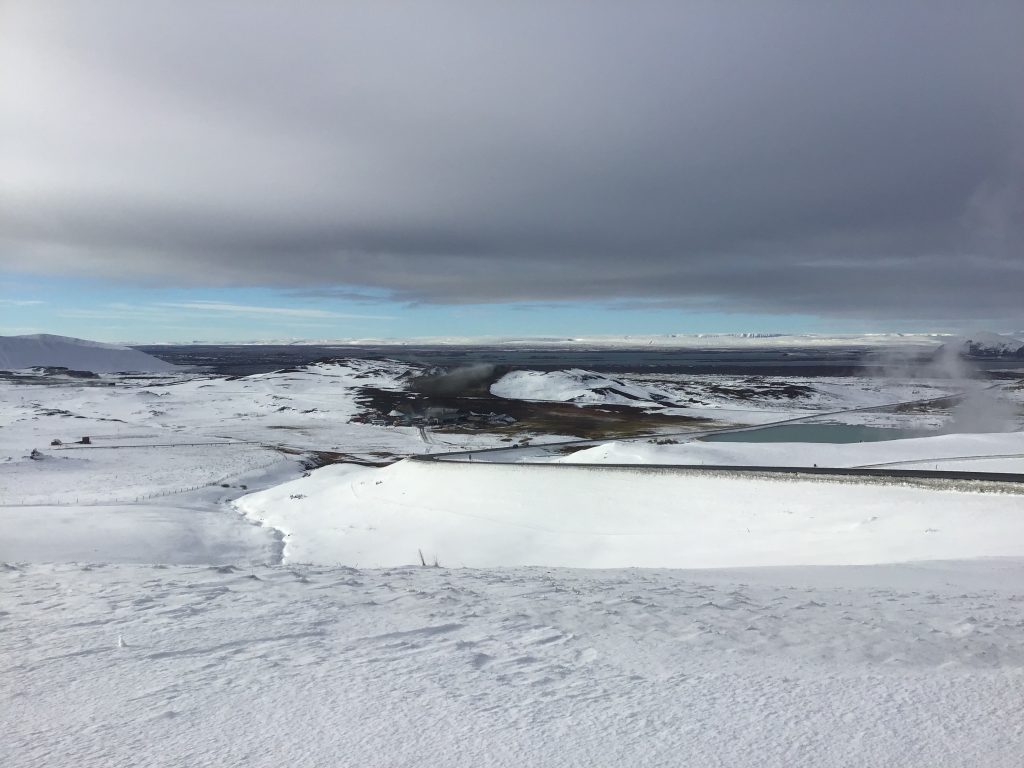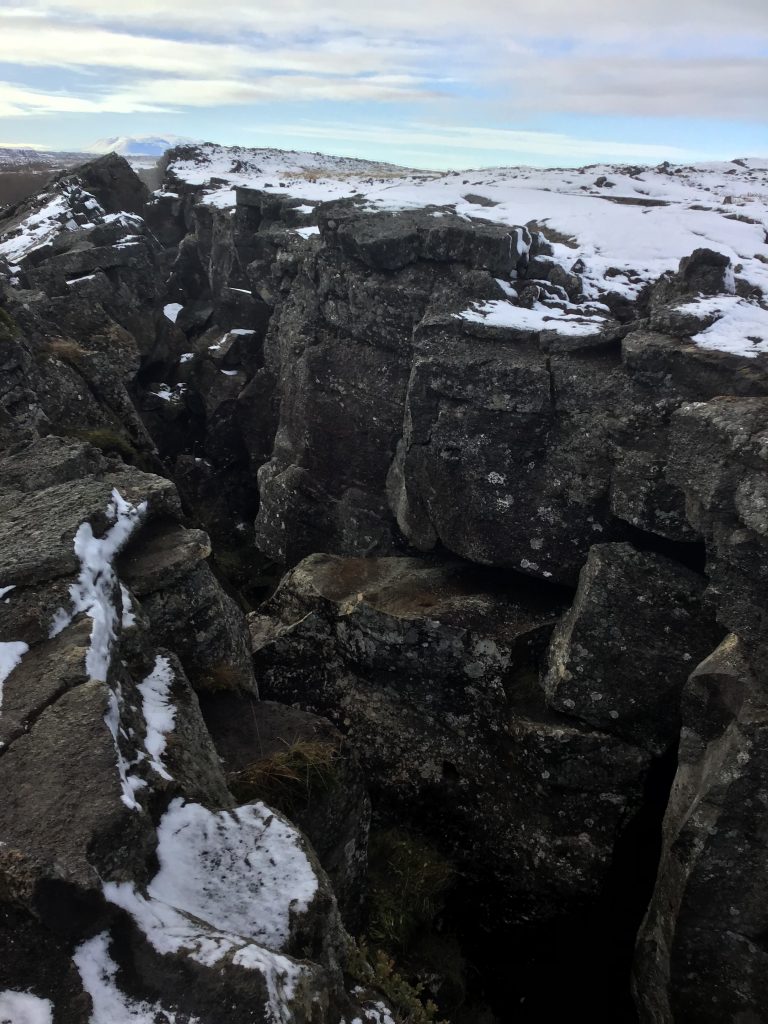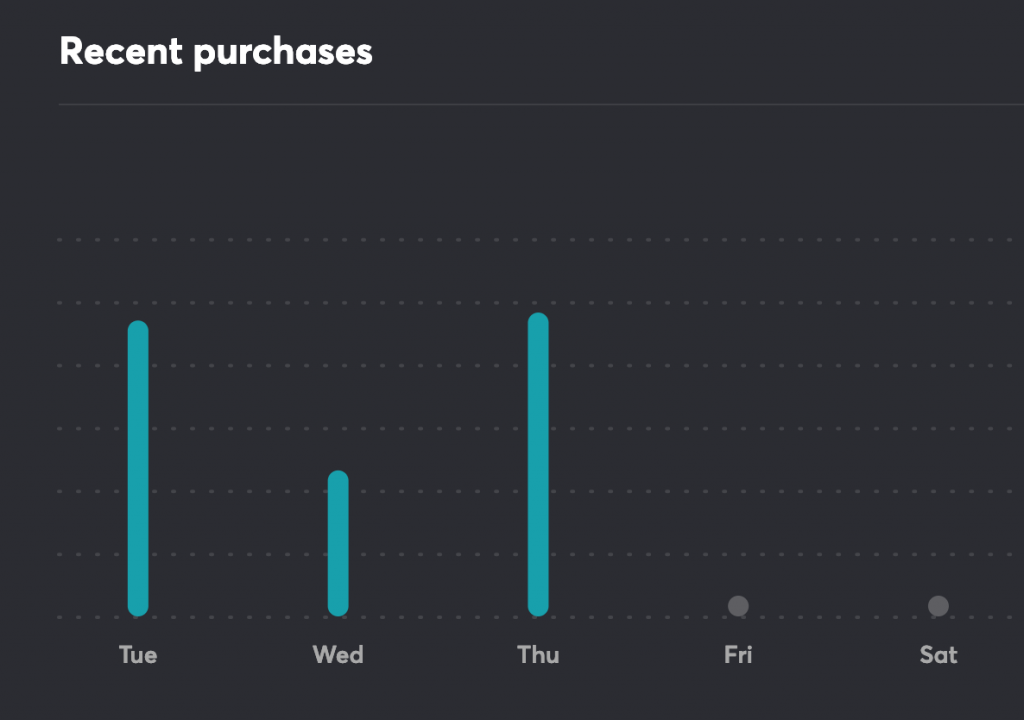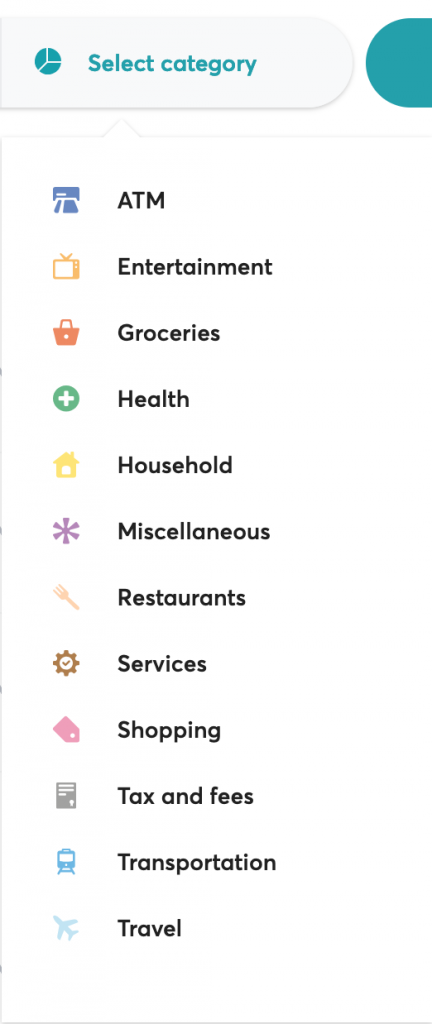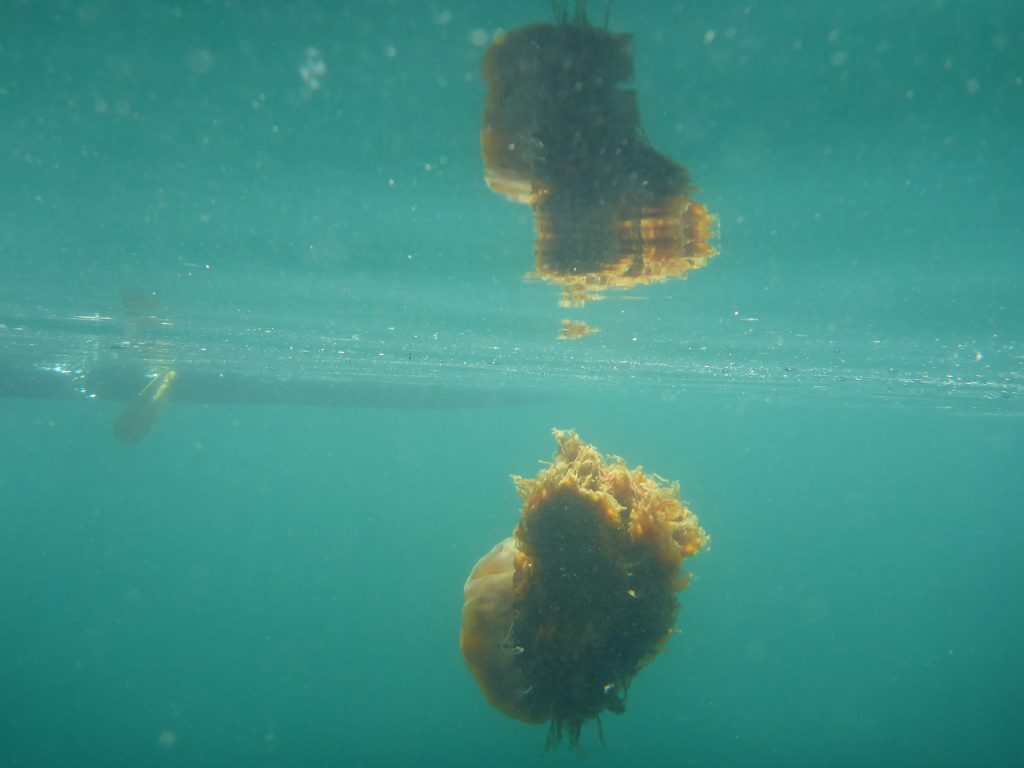As a tweenager I started learning a foreign language. At my school in fifth grade, we studied Spanish for half a year and French for half a year. Then we got to pick which language we wanted to study for the next three years. This felt like a big decision in my life at the time. I picked French mostly because I was weirded out by the upside down punctuation marks in Spanish.
Learning a foreign language was tough! I remember my mouth struggling to form new sounds. My ears working hard to make sense out of an unintelligible string of babble, trying to discern patterns and identify words I had just learned.
Even at the tender age of 11 with a young, spongy brain, I complained mightily about it to my father. Stamping my foot and chastising him for not teaching me a foreign language when I was younger and therefore could have picked it up effortlessly. My father laughed and said that he had raised me bilingual, in English and mathematics.
I didn’t find this comforting at the time, but now I realize math is a language. It was true, he had raised me with math as a “second language.” I’m fluent in reading numbers and not at all scared of equations. One of the first songs I learned was the “addition song” where we would add 1+1, 2+2, 4+4, etc. to a memorable tune not giving up until we reached 4-digit numbers.
The more I learned about the world around me I realized that I was fluent in a couple of life languages. In addition to math, I would also consider I’m fluent in music. In first grade I learned songs with solfieggio, a method of assigning hand gestures and names to notes. With practice I also learned how to read sheet music, rhythms, and other symbols used to indicate articulations, speeds, and dynamics. As a bassoonist, I’m fluent in two clefs, bass and tenor.

As I thought about these life languages, I wondered what other ones are out there that other people might be fluent in such as reading body language or facial expressions, dance movements, or actors who specialize in improv.
I did eventually become fluent in French, though I’m not anymore. Two years ago I got over my weird aversion to the upside down punctuation in Spanish and started taking courses. ¡I love it!

